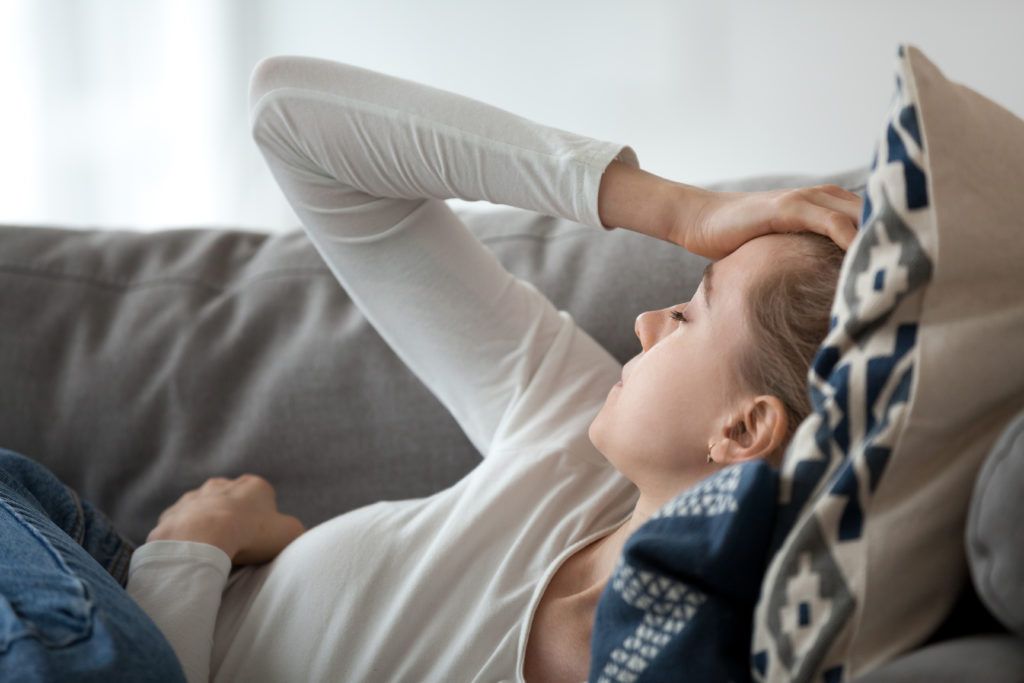
Migraines are the third most common illness in the world, with 12% of the population suffering from them. Only 25% of people with migraines benefit from any sort of preventive treatment and only 12% of those people actually receive it.
While there are a number of treatments for migraines, they have very limited efficacy on most people and fail to provide long-term relief. This has led to an increased interest in the potential of psychedelics, particularly 5-HT2A receptor antagonists such as LSD and psilocybin, as possible remedies for migraines.
Anecdotal data of people using psychedelics for relief has existed for a number of years. In these reports, psilocybin and LSD provided the best results,1 but psilocybin’s effects on migraines were just recently explored in a clinical trial by Schlinder et al.2 These researchers wanted to do an exploratory double-blind, placebo-controlled, cross-over study as a proof-of-concept investigation that will lead to further studies.
Study Design
Twelve of 69 screened individuals participated in the study. One of them did not complete the second part and another’s baseline period did not include enough migraines for qualification. Thus, the final analysis included ten subjects. Each subject was given an oral placebo in one session and a psilocybin dose of 0.143 mg/kg in another test session with two weeks between sessions.
This study was double-blinded. That means neither the recipients nor the administrator knew if they were given the placebo or the psilocybin. The subjects maintained headache diaries starting two weeks before the first session and continued through two weeks after the second session. The subjects were monitored physiologically and psychologically during the sessions. They were contacted multiple times during the study to ensure their safety and health.
Study Findings
Eight of the subjects had a 25% reduction in migraine days over the two week period after the psilocybin was administered. Five subjects showed a 50% reduction and three subjects showed a 75% reduction. After given the placebo, only two subjects showed a 25% reduction and two showed a 50% reduction in migraine days. The others showed no change. Overall, the psilocybin provided a significant decrease in the weekly migraine attacks and in the pain severity and migraine attack-related functional impairment. This was not the case for the placebo.
Given that psilocybin is known to acutely cause headaches, the researchers measured the times to both the first and second migraine attacks. The first attack was essentially the same. However, there was a significant increase in the time between attacks after receiving psilocybin than after receiving the placebo.
Overall, the psilocybin dose was well-tolerated by the subjects. There were no unexpected or serious adverse events or withdrawals due to the events. This suggests that psilocybin is a relatively safe treatment option for those with migraines. Interestingly, the data revealed The researchers found that the change in migraine frequency was not correlated with the intensity of the psychotropic effects of the drug.
Study Limitations and Conclusions
This study had several limitations. The sample size was quite small and homogenous. All of the subjects were caucasian and had a high number of migraine-related attacks. The data from this trial only consists of a short period of time after the trial was completed. This leaves the long-term effects of psilocybin on migraines a mystery.
The Schindler et al. study provides data for the safety and proof-of-concept effects of psilocybin on migraines, for which anecdotal data has existed for a few decades. Psilocybin appears to be a relatively safe avenue for much-needed relief for individuals who have migraines. The data also revealed that the intensity of the participants’ psilocybin experience was not related to how often they got migraines. This finding sets a new research path for researchers all on its own.